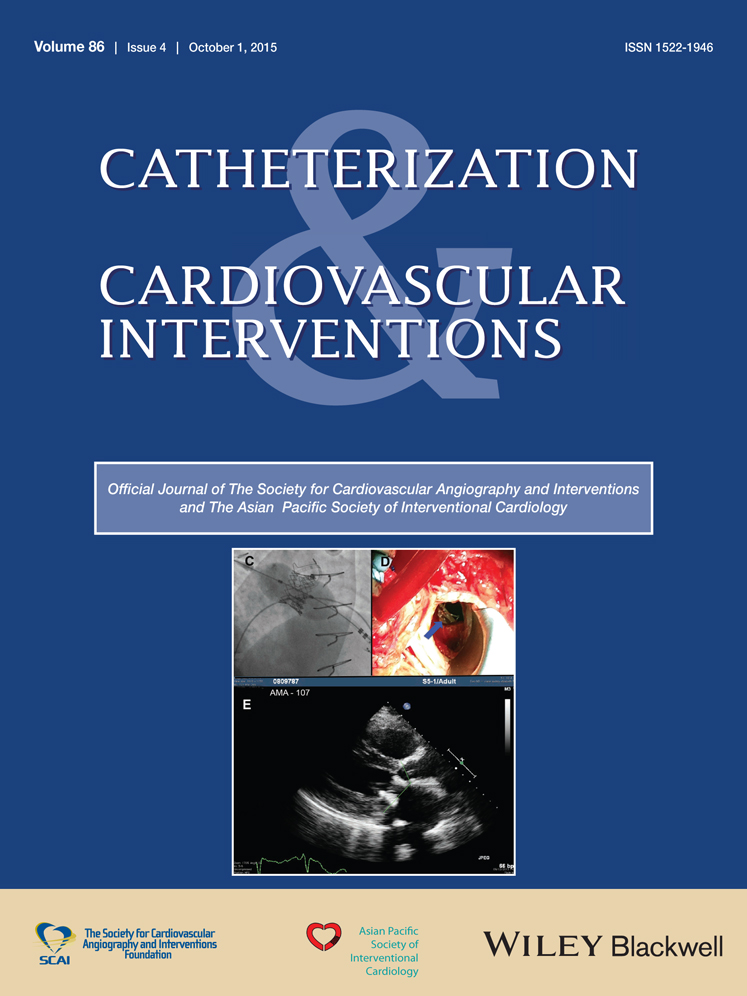The effect of patent foramen ovale closure in patients with platypnea-orthodeoxia syndrome
Abstract
Background
Platypnea-orthodeoxia syndrome is a rare condition characterized by hypoxemia in the upright position that is improved in the supine position. Although several etiologies of platypnea-orthodeoxia exist, it is frequently associated with right-to-left shunting of blood at the cardiac or pulmonary level, usually via a patent foramen ovale (PFO). The aim of this study was to evaluate the incidence of platypnea-orthodeoxia syndrome in a select patient population with right-to-left shunting and to describe the outcomes after PFO closure.
Methods
Patients with platypnea-orthodeoxia were prospectively identified from a population of patients who had a PFO and were referred to UCLA from 2001 to 2012. Those patients who elected to have their PFO closed were assessed for the severity of their symptoms and interval SaO2 changes. The changes in SaO2 before and after closure were compared in the supine and upright position. Patients were classified depending on the result of PFO closure as having “improved SaO2” or “no change.”
Results
Of 683 patients with PFO-associated conditions, 17 (2.5%) had platypnea-orthodeoxia and elected to close their PFO. The results in 11 of 17 patients (64.8%) were classified as having “improved SaO2”; they experienced improvement or complete resolution of their dyspnea and hypoxemia (improved SaO2 from baseline 5.2 ± 4.7% when recumbent and 15.6 ± 3.0% when upright, P = 0.03 and P < 0.0001, respectively). Patients with no change after PFO closure predominantly had a pulmonary etiology for their hypoxia, with elevated mean pulmonary pressures measured before closure (51.4 ±16.8 mmHg, P = 0.06).
Conclusion
PFO closure may resolve symptomatic postural dyspnea and hypoxemia and is an effective method for treating platypnea-orthodeoxia, but is not effective when the primary etiology of the hypoxemia is due to a pulmonary cause. © 2015 Wiley Periodicals, Inc.




